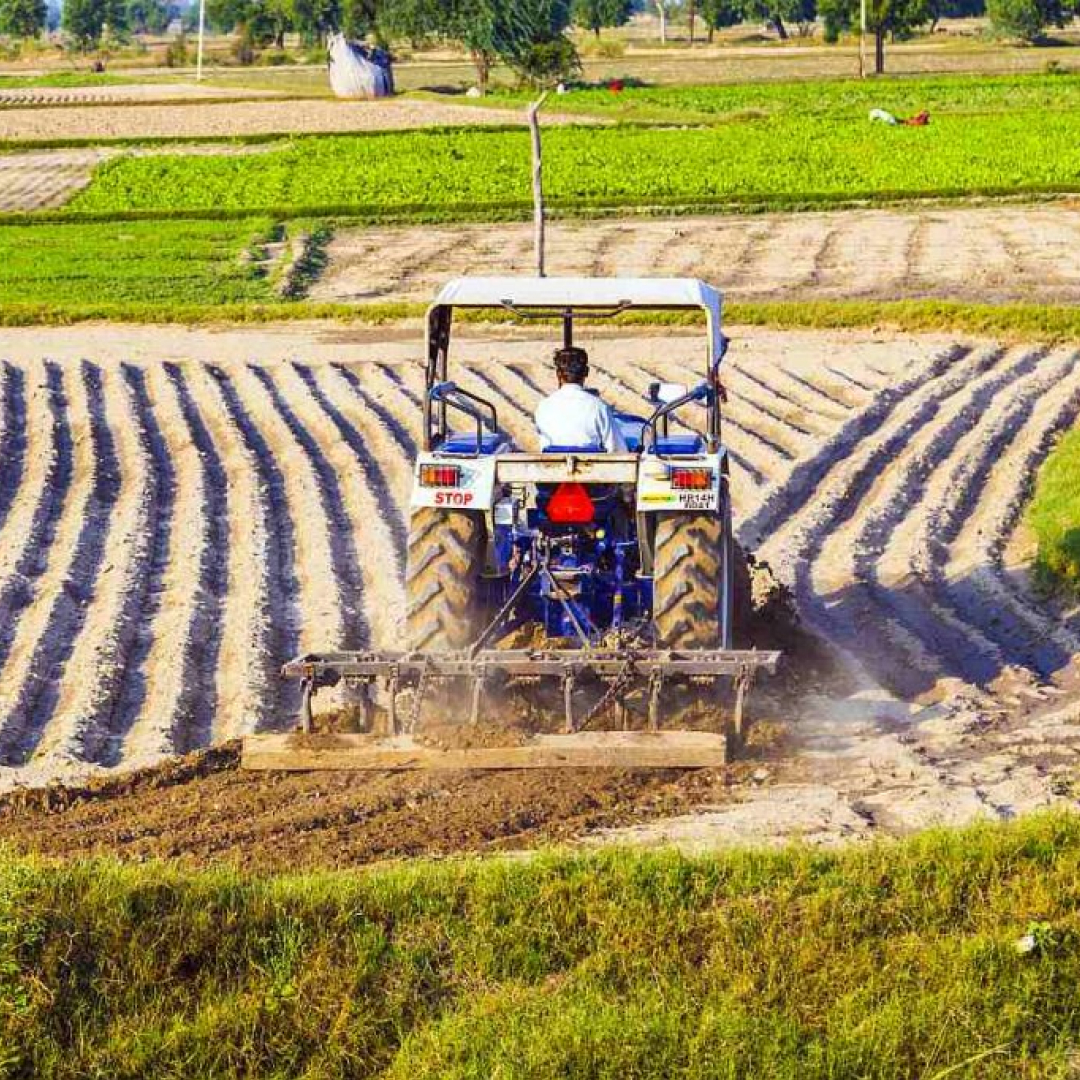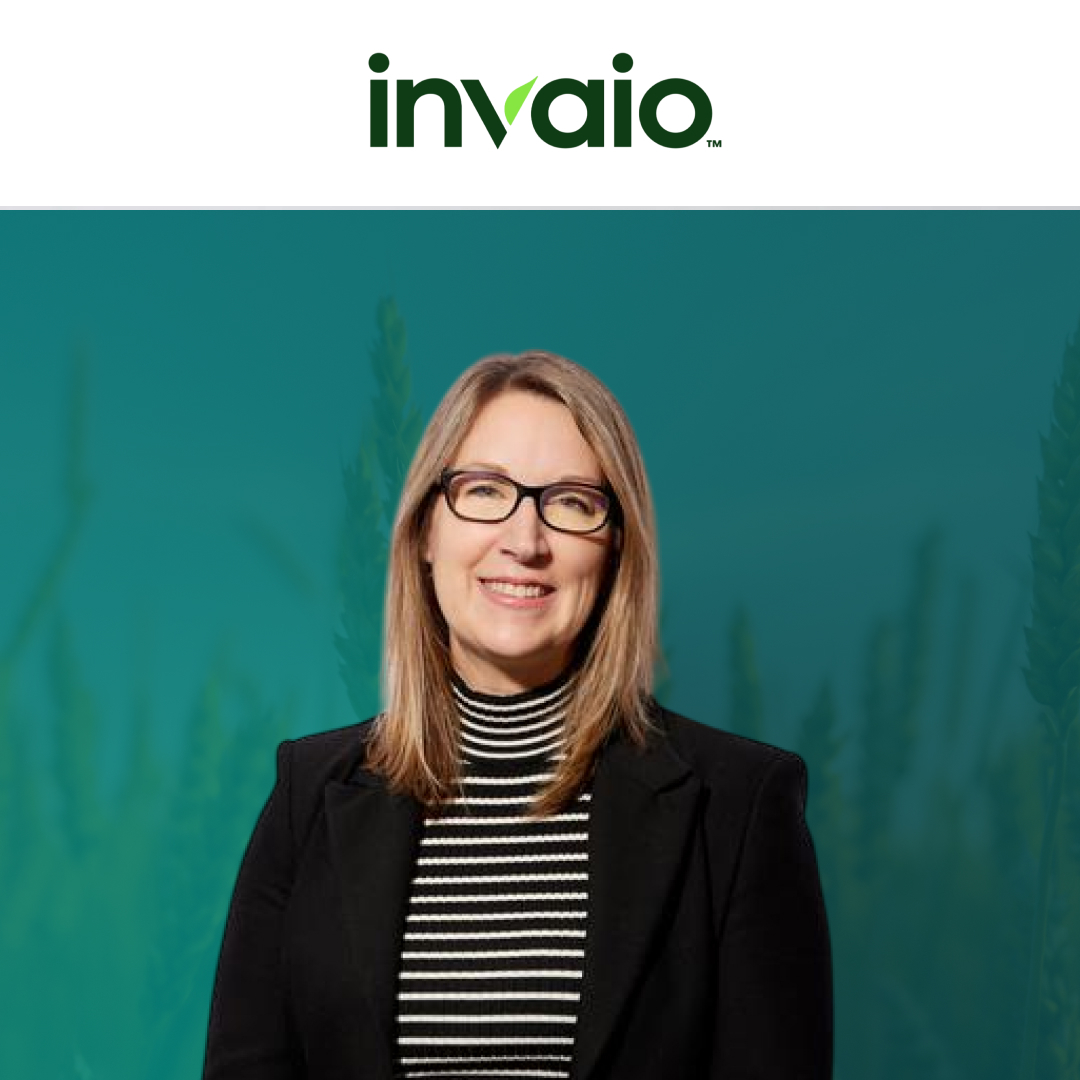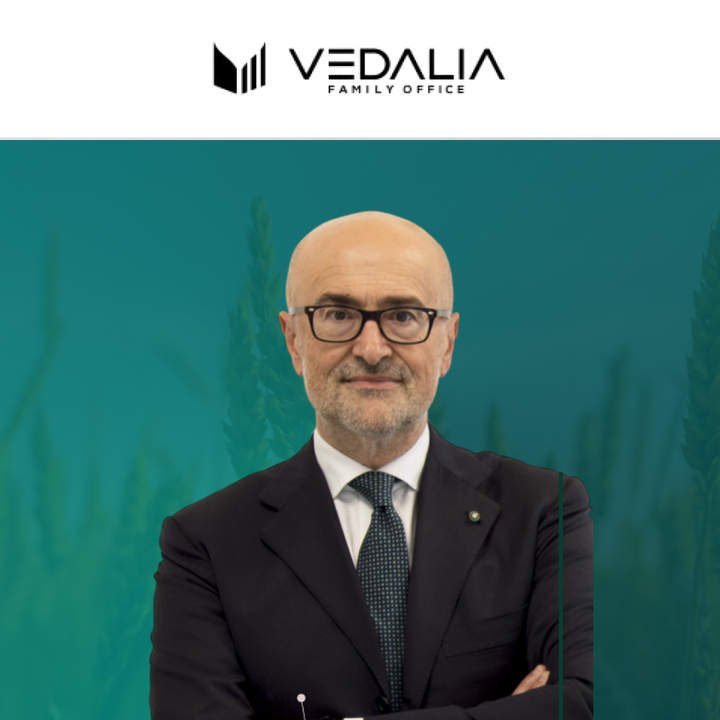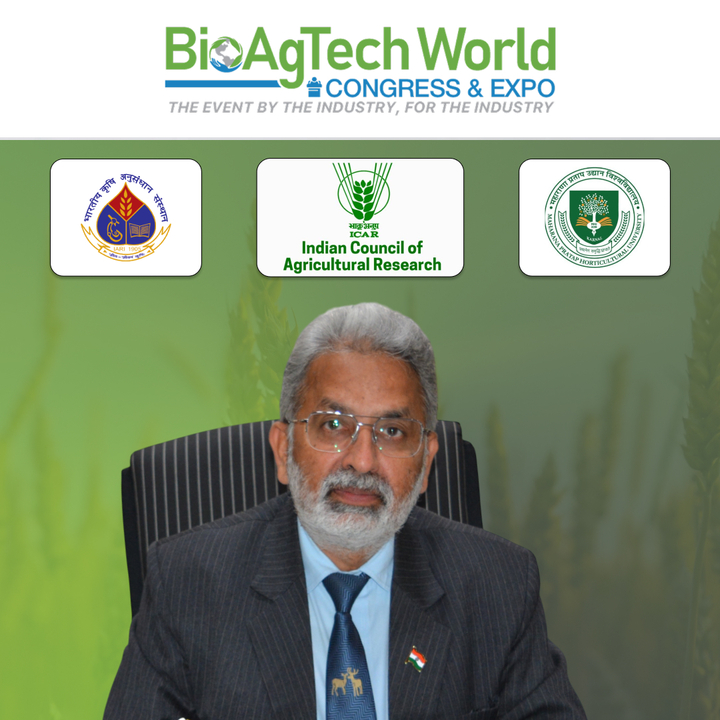
This week was the Salinas Biologicals Summit with 400 people attending. It was a continuation of the conversation from 2023 about how to increase adoption. The Mixing Bowl unveiled its 2024 map of biologicals. This year the focus was on biopesticides/biocontrol companies https://www.mixingbowlhub.com/landscape/2024-crop-biocontrol-landscape. In contrast, last year was the full map of all companies in biocontrol, biostimulants, and biofertilizers.
Even slimming down to the companies in only one segment, the map is crowded. In my keynote speech, I talked about what has happened in the last year, what companies need to do to stand out, and what mistakes they have made. I believe it is still a great time to start and build a biological business. Why? The world wants and needs biological products! Innovations in science and technology are affecting all aspects of microbial discovery & development. There is exciting potential for the use of Artificial Intelligence/Machine Learning to develop better products faster. But, I have a word of caution. There are many startups with a new way or new idea that results in the same type of biological end product. Market need and product differentiation are STILL the most critical. What are some mistakes being made?
- “DeepTech” will quickly transform biologicals & create unicorns
- Misjudging the complexity of the commercial development process
- “My technology is better,” when it’s only incrementally better
- Going after the technically easiest products, but the most crowded market
- Business model confusion – platform vs product
- Not realizing the goalpost has changed from a 3-7% yield increase and 70% win rate to >10% and 90%
- Carbon sequestration and GHG (Green House Gases) reduction are going to drive farmer adoption
- Not enough customer research before developing the product
- Losing sight of the need for capital efficiency
Why have some companies succeeded while others have not? Here are some success factors:
- Innovative, differentiated, value-added products
- Scalable manufacturing/competitive COGS (cost of goods sold)/pricing
- Portfolio across full range of grower needs OR one product/technology that is first to fill a large unmet need
- Partner with growers to test early versions; incorporate feedback
- Grower-focused pull-through marketing and sales. Articulate details of how to use the product and why it works
- Profitable for distribution/retail channel; Provide good channel support
- Global expansion (some)
Who has done this well and broken out in revenues? Biotrop and Meristem reached $100 million this year. Pivot Bio reached $100 million with a more unconventional approach by going direct to the grower with 1000 salespeople. Elicit Plant and Elemental Enzymes are young companies experiencing rapid revenue growth with a unique portfolio of biostimulants.
New technologies making progress since last year are RNAi and peptides. The cost of manufacturing dsRNAi has come down, the EPA approved Greenlight’s Calantha and progress is being made on formulation and delivery. Micropep Technologies received a “biochemical-like classification from the EPA for their first peptide.
Chemical Engineering News published a comprehensive report on the status of bioherbicides https://cen.acs.org/food/agriculture/s-holding-bioherbicides-back/102/i18. There are companies with novel microbes/strains, novel compounds, directed and high throughput screening, synthetic biology, herbicide mixtures, and AI and ML tools.
What about AI and ML? The rate-limiting step for biopesticides is not in discovery but in the complexity of development with many interconnected tasks, steps, and functions; the application of AI/ML to aid this process brings high value. Using new AI/ML tools perhaps we can change the trajectory of development by skipping Version 1.0 (the MVP) and advancing to Version 2.0 in the same time it would take to develop 1.0. The use of AI depends on having data sets. So, today it is great for new compound discovery based on mining existing compound databases and protein/peptide design and improvement, though not yet developed enough to fully drive discovery bioprospecting for unique and new microbial biopesticides. We need more data to easily predict and find the “best” microbes, genes, and their pesticidal compounds. But their public and proprietary data sets are being independently generated and new startups jumping in. It also takes more than genes: the presence of genes does not necessarily predict functionality; you need genes + fermentation conditions + efficacy/function. Certainly, AI is powerful for assessing biologicals in the field by reading images and assembling and analyzing all the data being generated.
Finally, what about the grower? Surveys in the past few months have shown about half of all growers still do not understand or are aware of biologicals. This percentage has not changed in surveys over the past five years. Technology is exciting but our most important work is at the grower level to educate and show the value/ROI of biological products. Let us continue the conversation how to best do this.







Leave a Reply